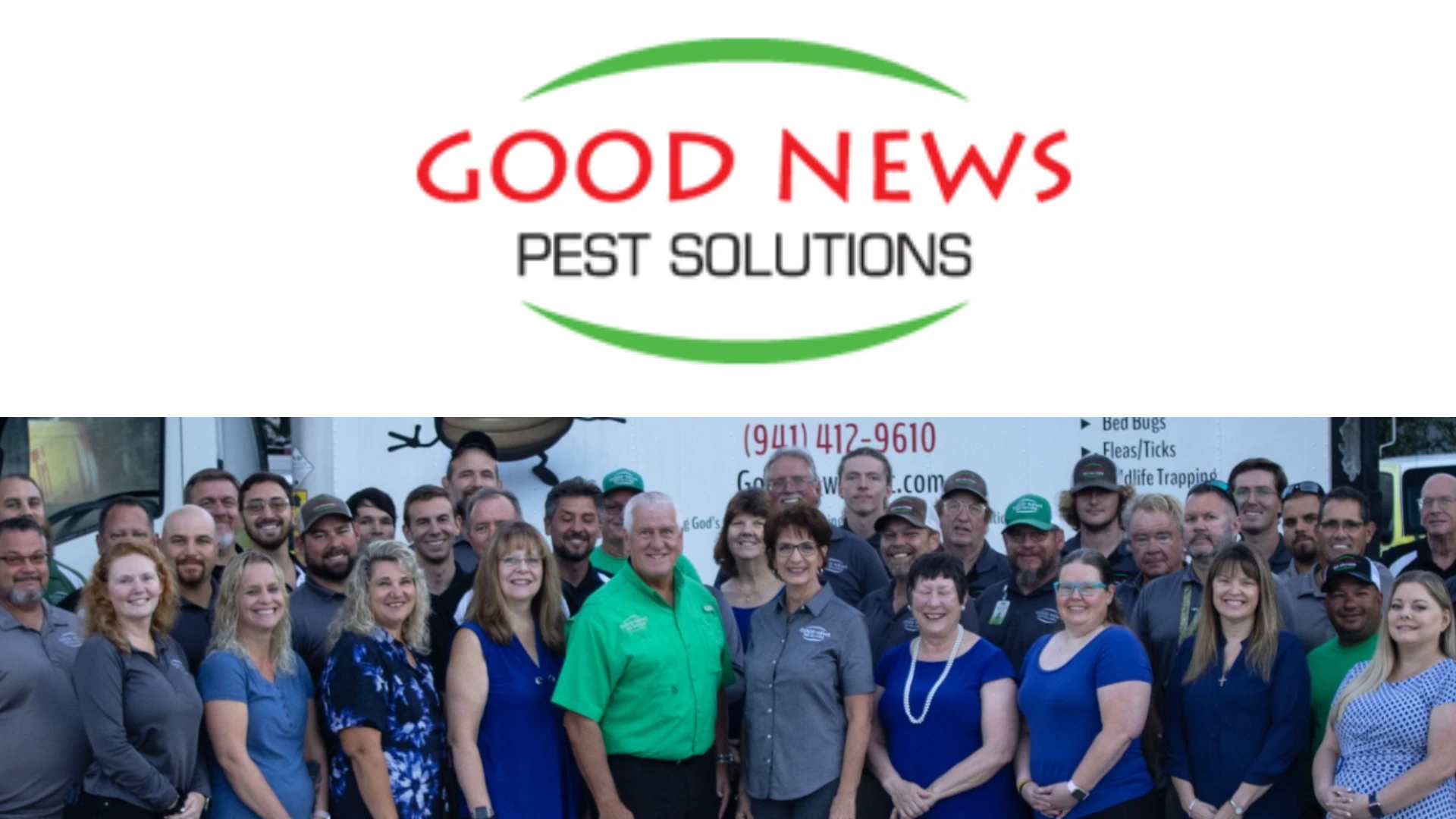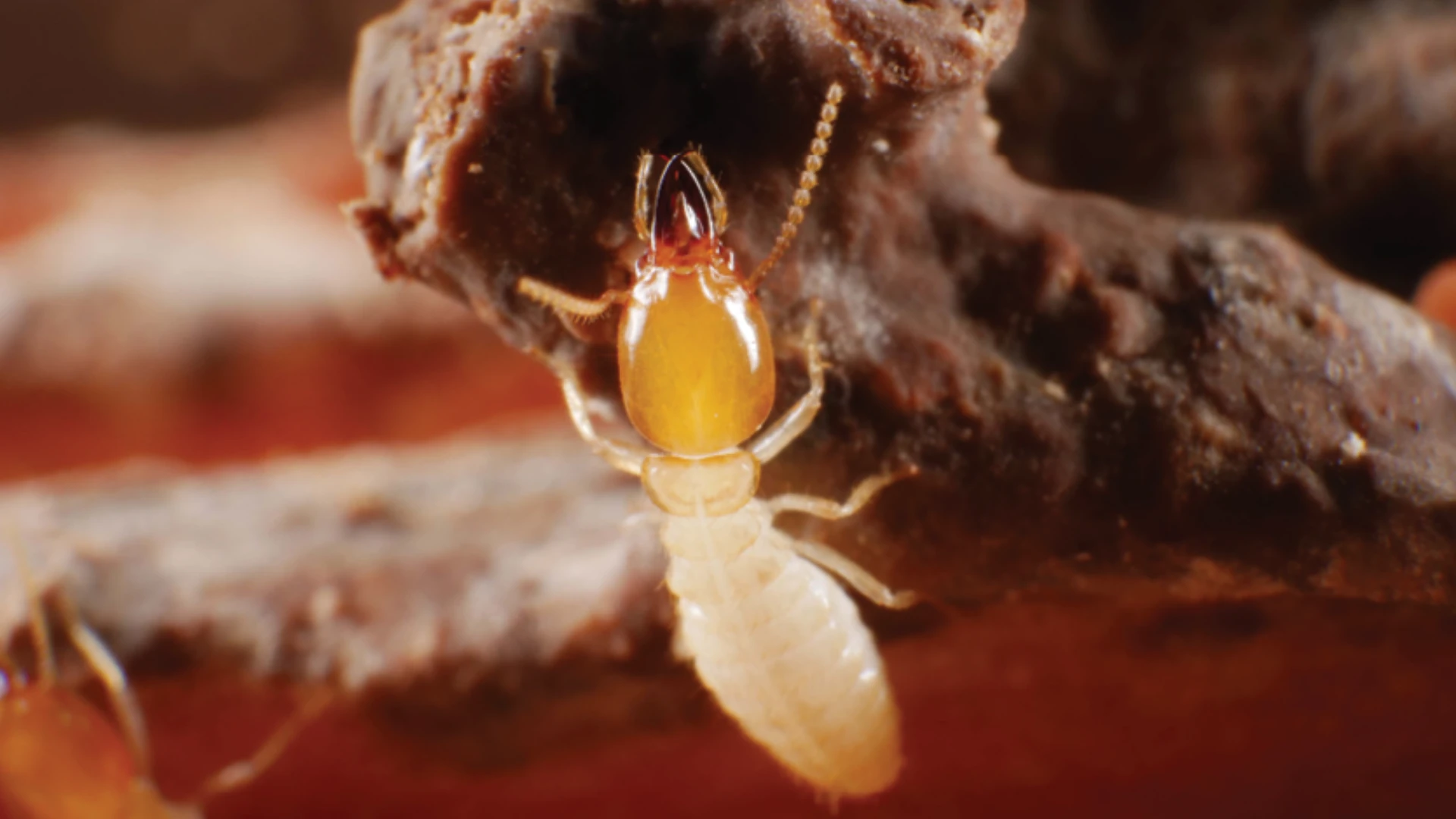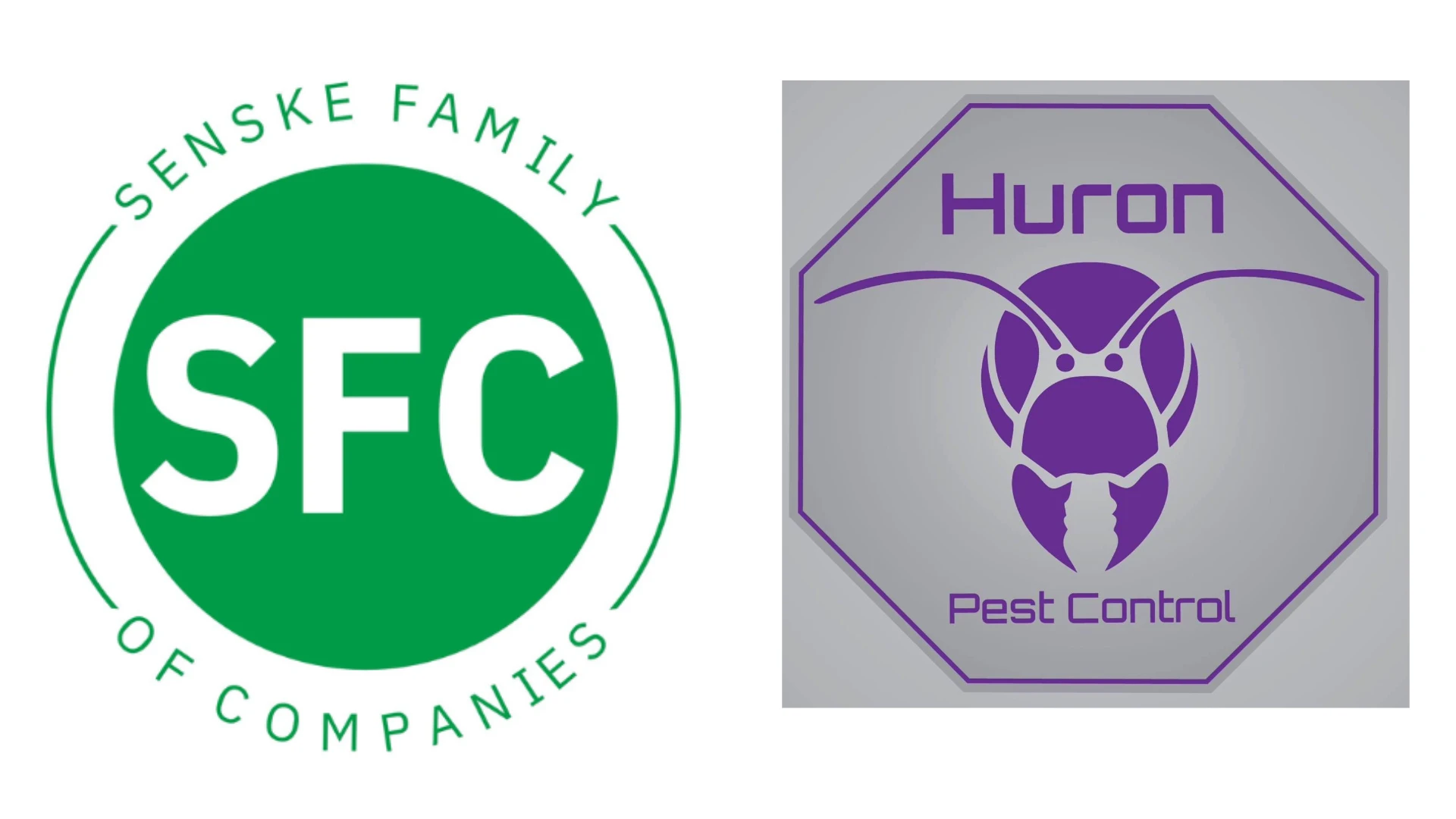PROTECTING CHILDREN. When protecting children from exposure to possible health concerns, pesticides may be a visible item but they may only be a minor consideration. Consider a problem that is not necessarily related, but does affect the health and well being of many children: allergies and asthma. Older buildings may have leaks and plumbing problems that lead to mildew and mold growth. As many as 4.8 million children suffer from asthma, and obviously sooner or later, these children will reach school age. When they go to school in older (or poorly maintained buildings), it’s possible they’ll get sick from these allergens.
Fixing this situation could be costly yet it’s obvious that pests must be eliminated. But just because the vermin are gone it doesn’t mean everything is OK. The money it takes to lower allergen levels through sanitation isn’t in the budget of most school systems. Fixing these buildings may not involve pesticides but could involve cleaning solutions and their solvents.
So I propose that the issue of IPM isn’t really about pesticides, it is about providing a healthy environment for our children. Let’s be honest about it — don’t shade it in a tapestry of pesticide concerns.
THE COST OF IPM. The question, "Is an IPM program cheaper then ‘traditional’ pest control?" has been around for years. I will define traditional pest control as the "spray and pray method." Under "IPM programs" you are encouraged to use "low toxicity alternatives." This includes baits, boric acid, dusts and vacuums.
Another side of this discussion deals with an industry that has always been under priced. Even with all of the economic and management seminars we have had we are still under pricing our services. PCOs see baits as an "IPM alternative" but there are possible cost increases in these products and increased application time. As a result, we have seen increased pricing for our services. But generally, we try to keep costs down on these expensive products by combining applications with other options like dusts and occasional liquid crack and crevice applications. But service visit costs have not increased proportionally to the time spent.
The costs of pest control programs are rooted mainly in the time the service technician needs to perform the work. Pesticides and equipment costs are estimated at 6 to 7% of the cost of a "traditional program" and that percentage seems to be holding steady. Common sense says that even if pesticides were eliminated, manhours would increase because of the time inspections and reporting requirements take alone. Therefore, an IPM program contracted by anyone would cost more. Some proponents claim that by eliminating PCOs (and their contracts), a school system could do the pest control service cheaper. But they do not take into account the training of their personnel, including teachers, administrators and kitchen, maintenance and custodial staff. These folks are the ones who will have to do the monitoring and inspections, read sticky traps and occasionally apply a pesticide product. Schools would also have to set up an IPM coordinator and print educational materials, notification letters, newsletters, etc., themselves. So, considering all these factors, I don’t see how IPM can be cheaper.
The hidden costs (and not so hidden costs) are seldom discussed. If school staff and maintenance people are to be involved in pest control programs and even replace the PCO, then they have to consider some costly factors other than just what it cost them for a PCO. Even if a PCO is kept on as a resource for information or for the occasional emergency service, there are still the costs of inspection, monitoring and maintenance.
THE PCO’S ROLE. It is pretty obvious that there is money to be made by the marketing of "IPM programs." Since many of these programs are mandated, unfunded and pretty much leave everyone in turmoil, where can PCOs fit into the mix? Well, some people in the industry have adjusted and come up with good programs in schools, health care facilities, state-owned buildings, etc. These PCOs became involved in the planning and implementation of the programs. If you are working in schools now then you should start initiating communication with the appropriate people. Also, evaluate your costs and come up with a cost estimate for such programs and the problems generally seen in schools. By showing people in black and white what your costs are, you will be in a better position for obtaining an equitable contract.
Don’t forget that IPM is not necessarily what you think it is. I believe there will be more opportunities for PCOs in the future, because of the government’s involvement.

Explore the November 1999 Issue
Check out more from this issue and find your next story to read.
Latest from Pest Control Technology
- Webinar: Employee Incentives — Going Beyond the Annual Raise
- Pest Control Companies Helping Neighbors in Need Eradicate Bed Bugs
- Why Does Marketing Feel So Opaque?
- How Did This Pest Get Its Name?
- Rose Pest Solutions Honors Top Performers with Annual Chief’s Club Awards
- Doug Foster on Termite Control Equipment, Resources
- Pest Control Consultants Acquires EcoGuard Pest Control
- Pest Index Increased 9 Percent YOY in February





